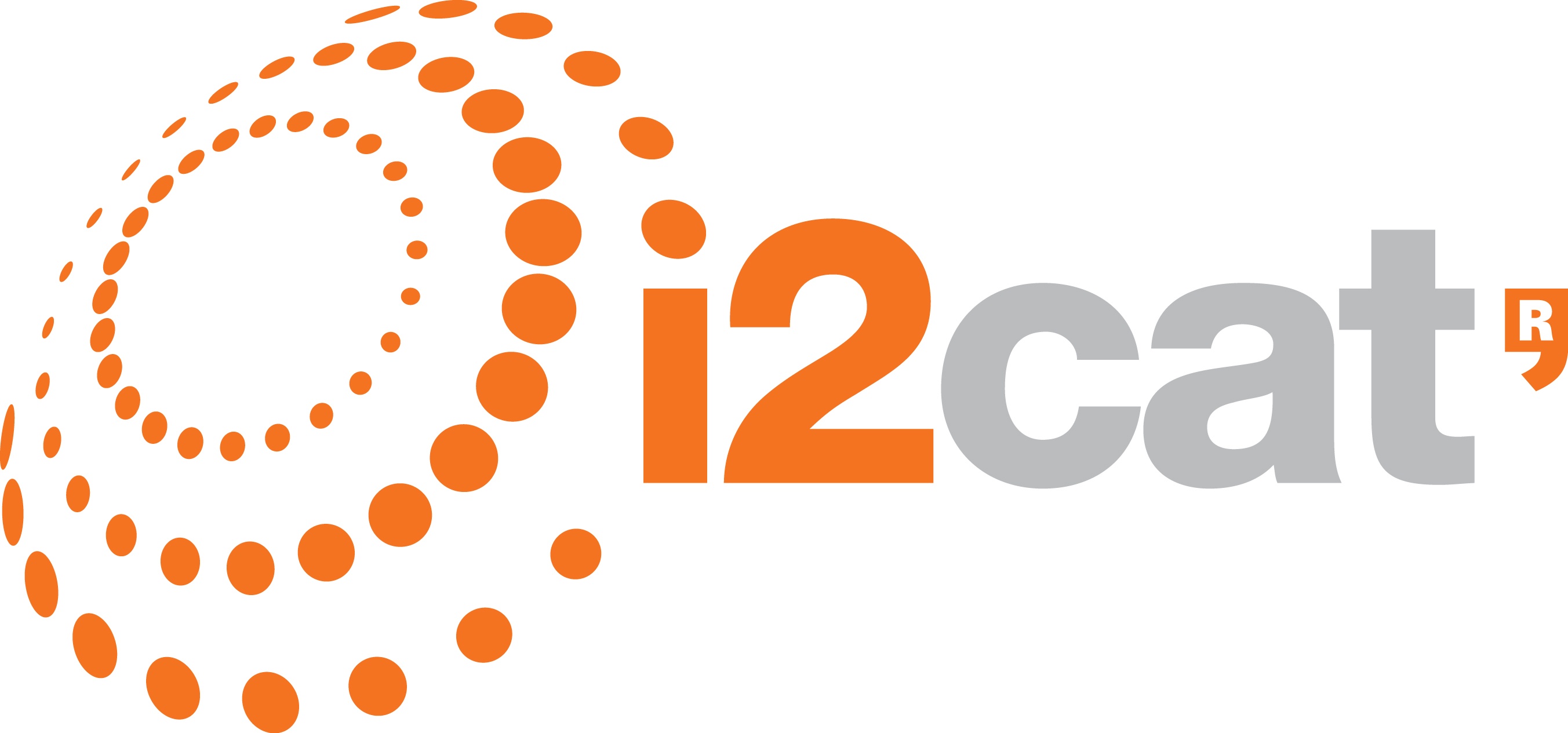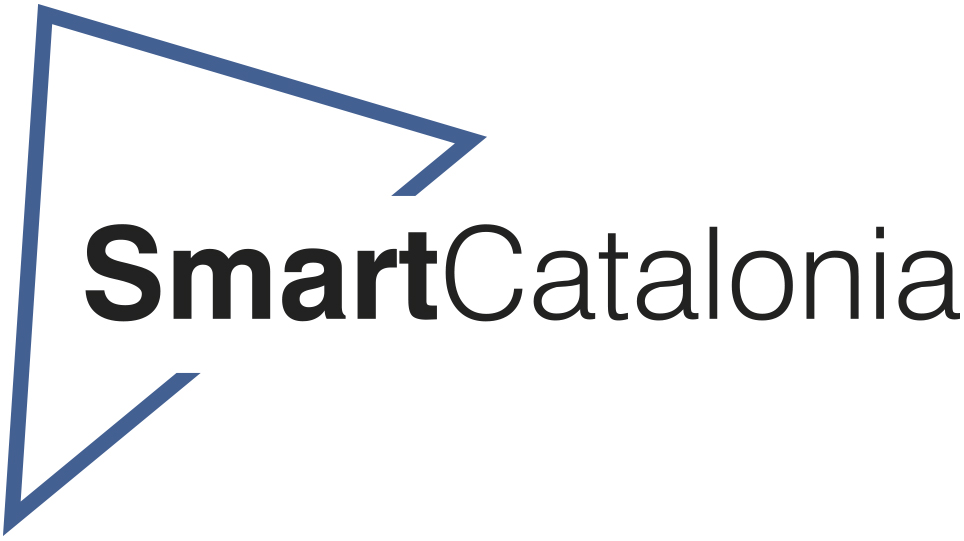ChallengeDCA with Direcció General d'Infraestructes de Mobilitat (DGIM)
I
Challenge 2. Improve one-way communication from the user to the Administration in the detection of road incidents and interruptions
Goal of the challenge
The objective of the second challenge is to connect and involve the road user with the manager, as well as improve the efficiency of the detection, communication and resolution of incidents.
Challenge's description
Currently, users cannot directly and easily report incidents or impacts on the road to its managers, they are reported by qualified agents, such as traffic officers or personnel who carry out surveillance and maintenance tasks on Catalan roads, which hinders and delays the required intervention of the DGIM. On the other hand, the user who decides to notify the incident usually does so through the Generalitat web channel for Inquiries, Complaints and Suggestions, which means increasing the workload of the technical and administrative staff, who in addition to collecting the information and make the appropriate check, must respond to the administrator within 4 to 30 days.
So, with the aim of improving communication with road users by facilitating direct communication between them and the DGIM, it is advisable to create a communication channel that makes it easier for infrastructure users to report damage or incidents on Catalan roads in a way nimble This channel must have automatic filtering mechanisms so that the administration receives aggregated information relevant to the consideration of moving teams to resolve these incidents.
Another of the problems represented by the notification of incidents on the road network, even when it comes to qualified agents - in most cases the incidents received by the Vic Road Center are notified by agents of the MMEE body or local police, rural agents, CIVICAT- is the inaccuracy regarding the location and magnitude of the event, making it difficult to manage and leading to inefficient processes such as the activation of road teams or the erroneous prioritization of the attention of incidences.
On the other hand, when the notifying agent is the citizen, through the CQS, the uncertainty about the real location grows exponentially as well as the assessment of the fact expressed, the result of one's own subjectivity and technical ignorance - completely understandable - of the communicating agent
Likewise, the personnel involved in road maintenance suffer from the lack of incident communication tools, detected and managed internally, which guarantee the traceability of the entire process of detection, communication, resolution and closure of these, as well as quite useful information such as geolocation and graphic images before and after closing.
It is therefore, on the one hand, to provide an internal incident management tool, and on the other, to provide road users with a channel for communicating incidents, taking advantage of the "inspector" capacity of the citizenry and making it feel like a participant.
The formulation of a tool is proposed, with two different user profiles; the one for internal use by workers involved in maintenance and incident management, and the external, one-way, for citizens. The tool must provide valuable information by providing additional information to eliminate uncertainties and improve efficiency and resource allocation: georeferenced images of the incident, which allow it to be positioned and for managing agents to establish its priority and resources to assign there, if applicable.
The advantages of this new tool are multiple:
- Location
- Graphic documentation
- Proximity with the user
- Unified database and traceability
- New park management tool, CCVC, etc.
- Improved resolution efficiency.
You can expand the information of this challenge through the following explanatory video
For any questions about participating in this ChallengeDCA challenge, send an email to challengedca@dca.cat and we will contact you as soon as possible.n







Share: